Overview
Map
Other Details
كنيسة مار أنطونيوس البادواني
Kfar Aabida
Batroun
North
كنيسة مار أنطونيوس البادواني - كفرعبيدا هي كنيسة صغيرة في البلدة، بُنيت سنة ١٨١٦. البناء كناية عن عقدٍ سريريّ بسيط، يعلوه تمثال لمار أنطونيوس البادوانيّ حاملاً الطفل. The church of St Anthony of Padua - Kfaraabida A small church on the outskirts of the village, built in 1816. The structure is a simple crib vault, with St Anthony's statue over the building.
Visited 3217 times, 4 Visits today



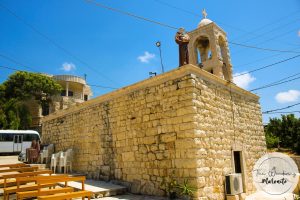
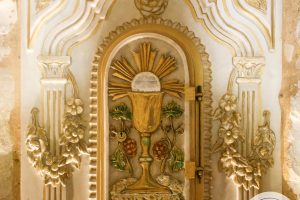
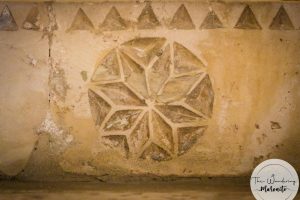
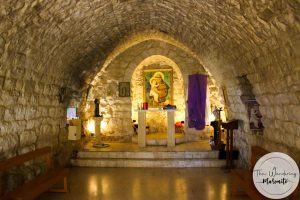
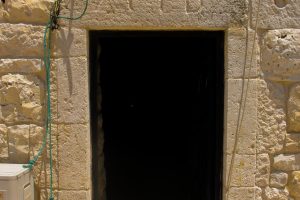





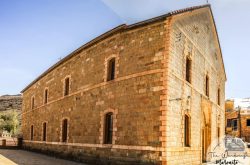
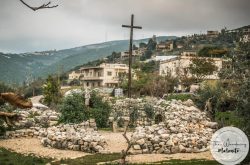
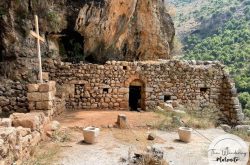
Reviews are disabled, but trackbacks and pingbacks are open.